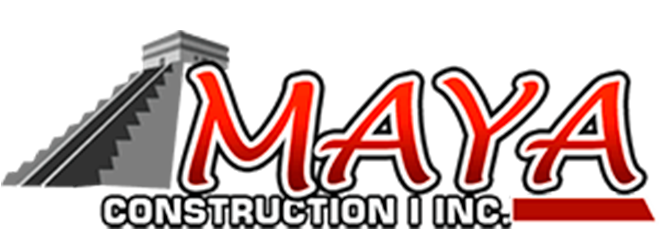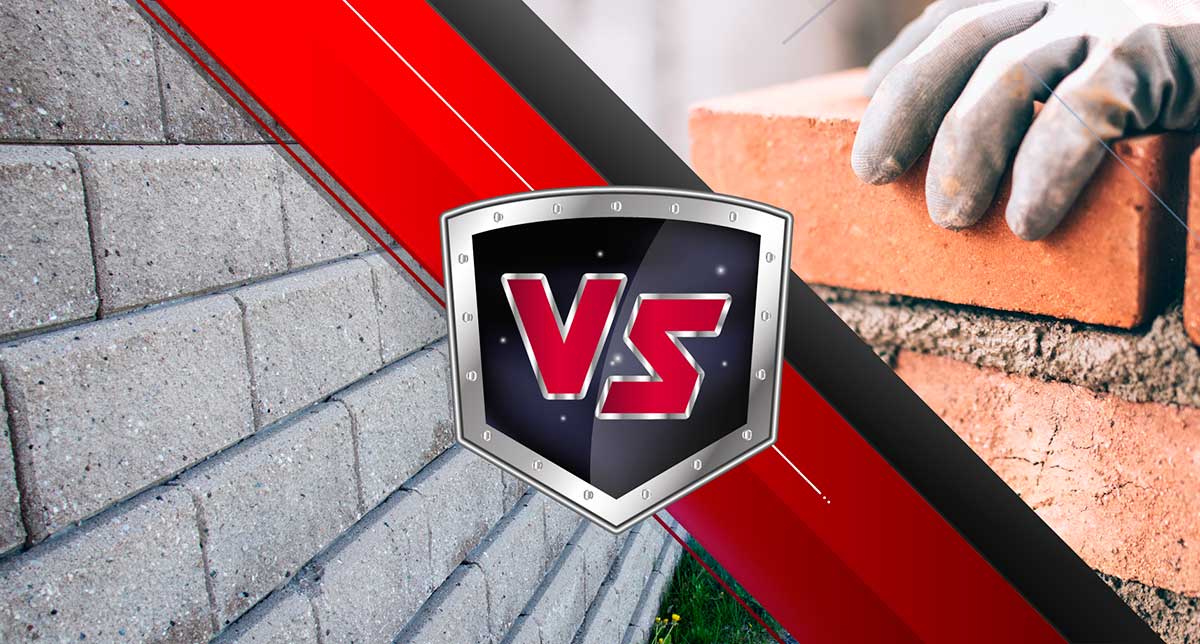
- Thu, 30 Jul 2020
- Maya Construction 1 Inc.
Masonry vs. Concrete: The Best Building Material for Your Hardscape Features
Retaining walls are hardscape structures that help increase your landscape’s beauty? But, sometimes it’s difficult to know what material to use! If you’re deciding between masonry vs. concrete, then you need to stick around!
In this blog, we’ll talk about some of the main differences between these two building materials. As a result, you’ll be able to make a decision and start building the hardscape features that will bring your yard to the next level!
Both of these materials have been around for a long time. Over the years, there have been improvements in their usage and preparation. So, they are both quality materials that you can use. But, you need to make your decision considering what is best for your outdoor space. Continue reading to learn more!
Learn the Main Differences Between Masonry and Concrete
Working on your yard or patio requires taking several important decisions. Even before any construction begins, you need to know the building material that you will be working with. This is no easy task considering the many options available.
When talking about masonry vs. concrete, there are some aspects to consider. Concrete is a composition of different elements prepared in a factory while masonry is made on-site of bricks and mortar. They are both durable. Concrete is poured into molds while bricks and mortar are joined to create masonry.
You can learn more in detail about each aspect by continue reading our blog. After you finish reading, then you’re ready to start your project!
What Are They Made Of?
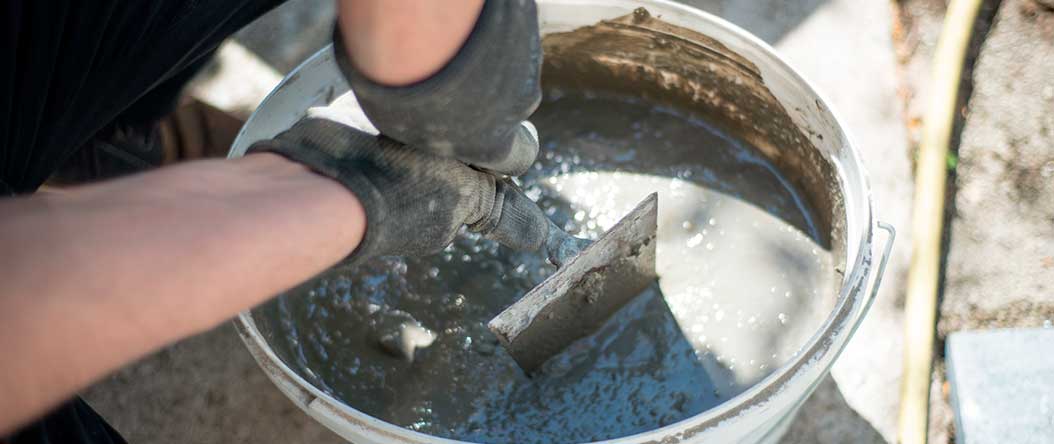
To start the discussion between masonry and concrete, we must first talk about their composition. They are made of different elements that can affect the way you want your structure to look. For that reason, you should first consider the composition of each material.
Concrete is a mixture of three elements: water, cement, and aggregate (which can be rock, gravel, or sand). Also, some types of concrete may contain chemicals. This will depend on where you would want to apply it.
The amount of aggregate that you add will depend on how flexible or strong you want the concrete to be. In other words, there are no specific proportions for all kinds of concrete.
To create concrete, you must use Portland cement, which is the most common type of cement used in all concrete structures. Portland cement is made from limestone and clay.
Masonry, on the other hand, consists of stone, blocks, bricks, and mortar that brings all the materials together. The composition of mortar is similar to concrete as it involves Portland cement, lime, sand, and water. The proportions will vary on the type of mortar mix that you want.
The different types of mortar mix are N, M, S, and O. Each one is used for different structures and different places. So, before you start mixing your mortar, you must know where you’ll want your masonry structure. Whether you want it for masonry walls or foundations, you must choose right.
Do Concrete and Masonry Go through the Same Preparation?
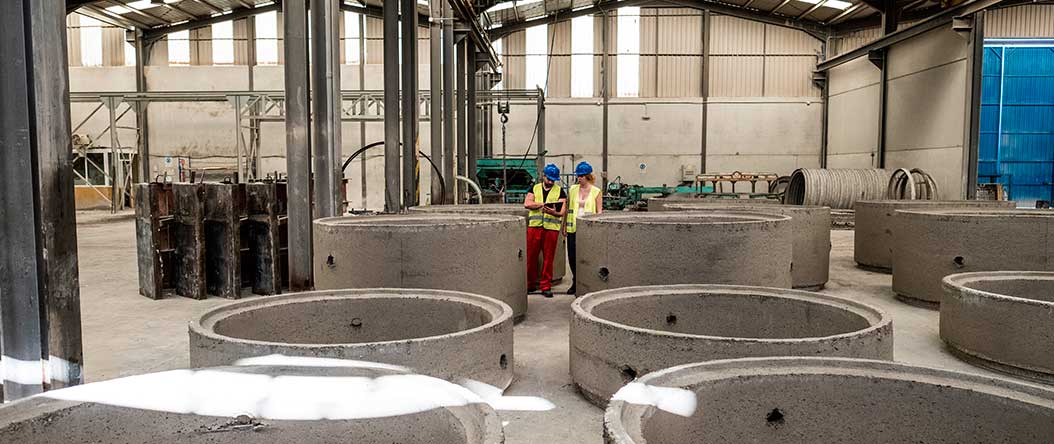
The preparation process for masonry and concrete is somewhat different. The main difference is that concrete is prepared or manufactured in a factory while masonry is done on-site.
This is one of the main differences in masonry vs. concrete, as it is harder to prepare concrete on your own. In the factory, the workers would make Portland cement first. Then, they would mix the aggregates, water, and chemicals with the cement sand.
After this, the factory transports the concrete mix to the worksite, which can be a residential or commercial property. Some of the ways that you can carry concrete include wheelbarrows, buckets, trucks, and pumping. It will depend on the size of the project.
For masonry buildings, you have to make sure you have the bricks and blocks that you want to use. Then, on-site, you would start preparing the mortar mix. Depending on the size of your project, you could use a mechanical mixer or do it by hand.
Their Application Process
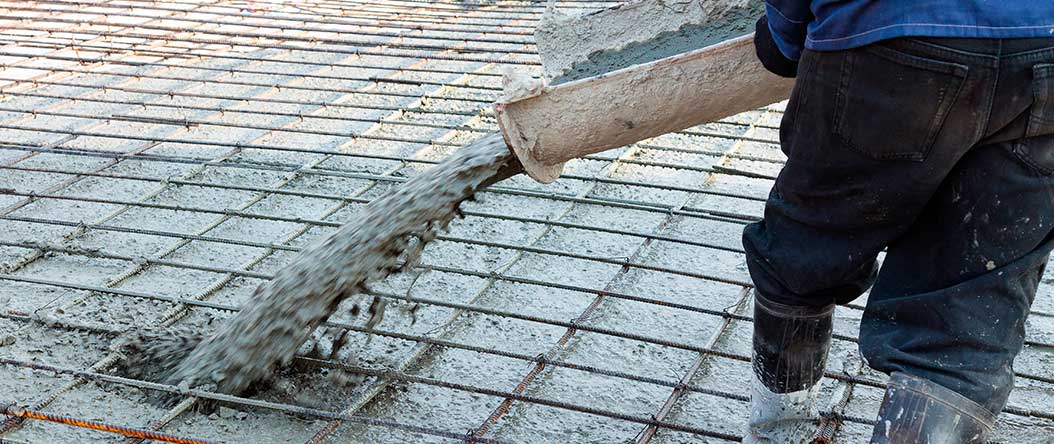
One of the main differences between masonry and concrete is their application. This is where most of your decision will rely on when choosing the best one for your project.
First, when the concrete has arrived at the worksite, it must be placed into molds. It doesn’t matter whether you’re building walls, posts, or floors; this step is a must!
You can also use steel reinforcement to ensure the concrete blocks stay in place. Once you have your poured concrete in the molds, you wait for it to cure.
For masonry, it is a totally different process. You start placing the bricks or stones where you want your wall or post. Then, you apply a layer of mortar on top of the bricks or stones. After that, you place more blocks and so on.
You would continue this process until you reach the height that you want. Then, you just let it dry, and your masonry walls or buildings are now ready!
Durability and Other Questions
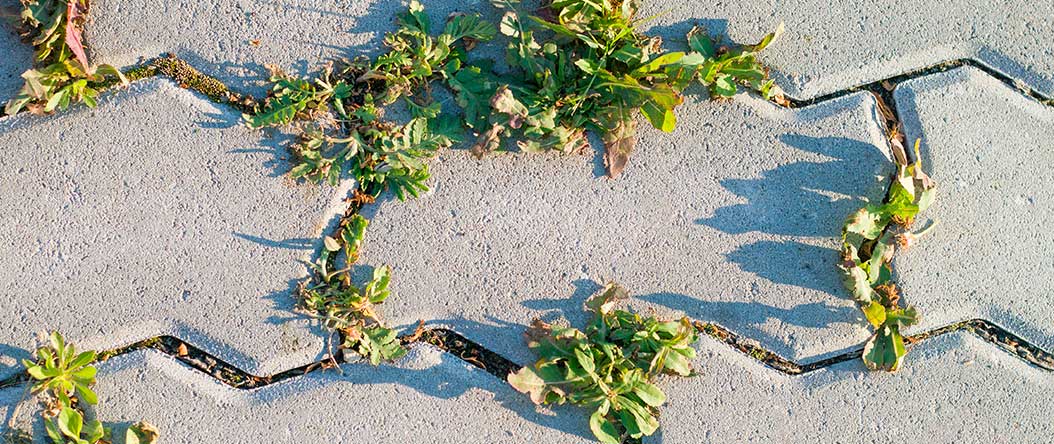
Both masonry and concrete are very durable building materials. With the proper care and maintenance, they can both last for many years without showing signs of wear. In this case, it all depends on what your needs are.
For instance, if you want a versatile material, then you would have to choose concrete. You can pour concrete into almost any shape or form that you want in any size. You can create beautiful patio ideas with concrete. So, it is a better choice if you want more flexibility when building your outdoor area.
Masonry, however, is your best choice if you want to complete your project in less time. This is a faster method than preparing and applying the concrete. Also, it costs less than using concrete.
Now that you know the differences in masonry vs. concrete, it’s time for you to make a decision. Consider the size of your project, the timeframe, and your project. All these factors are crucial when deciding which building material to use. So, choose wisely to make sure your project is a success!
